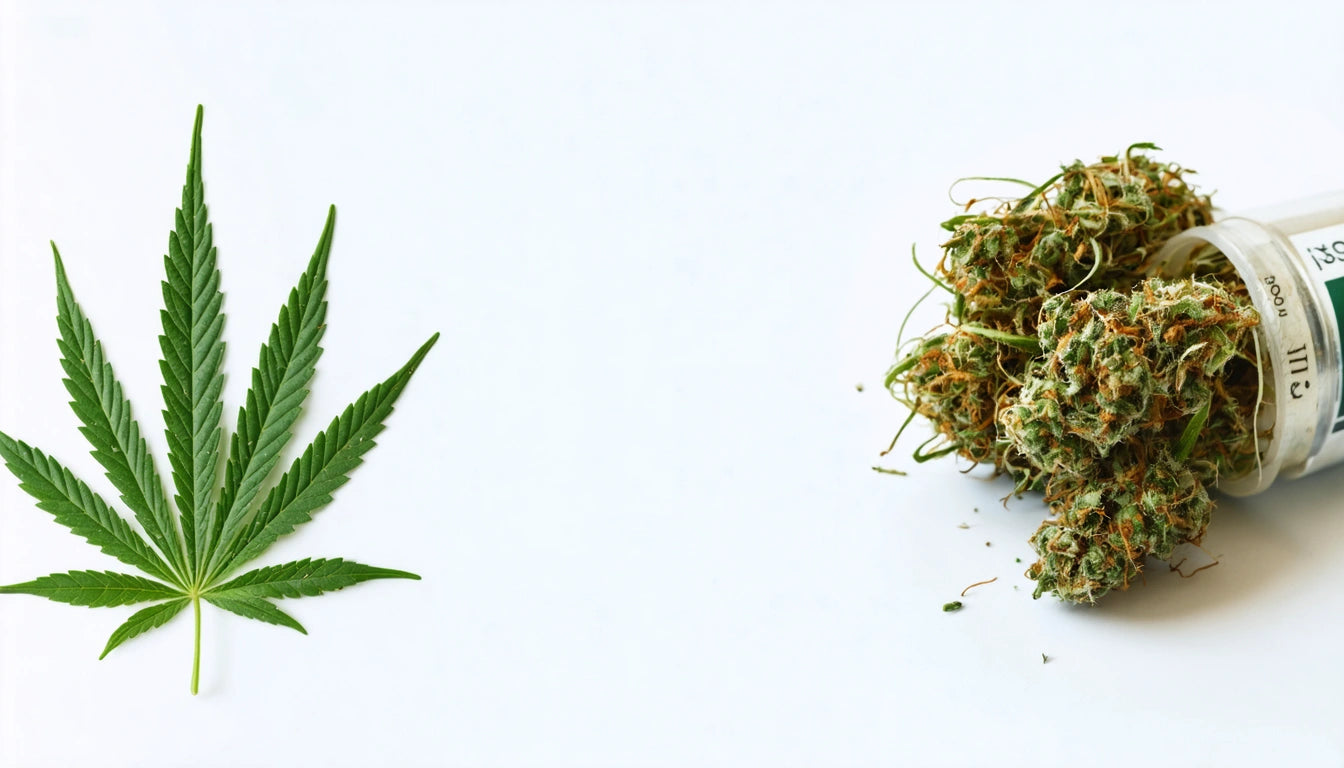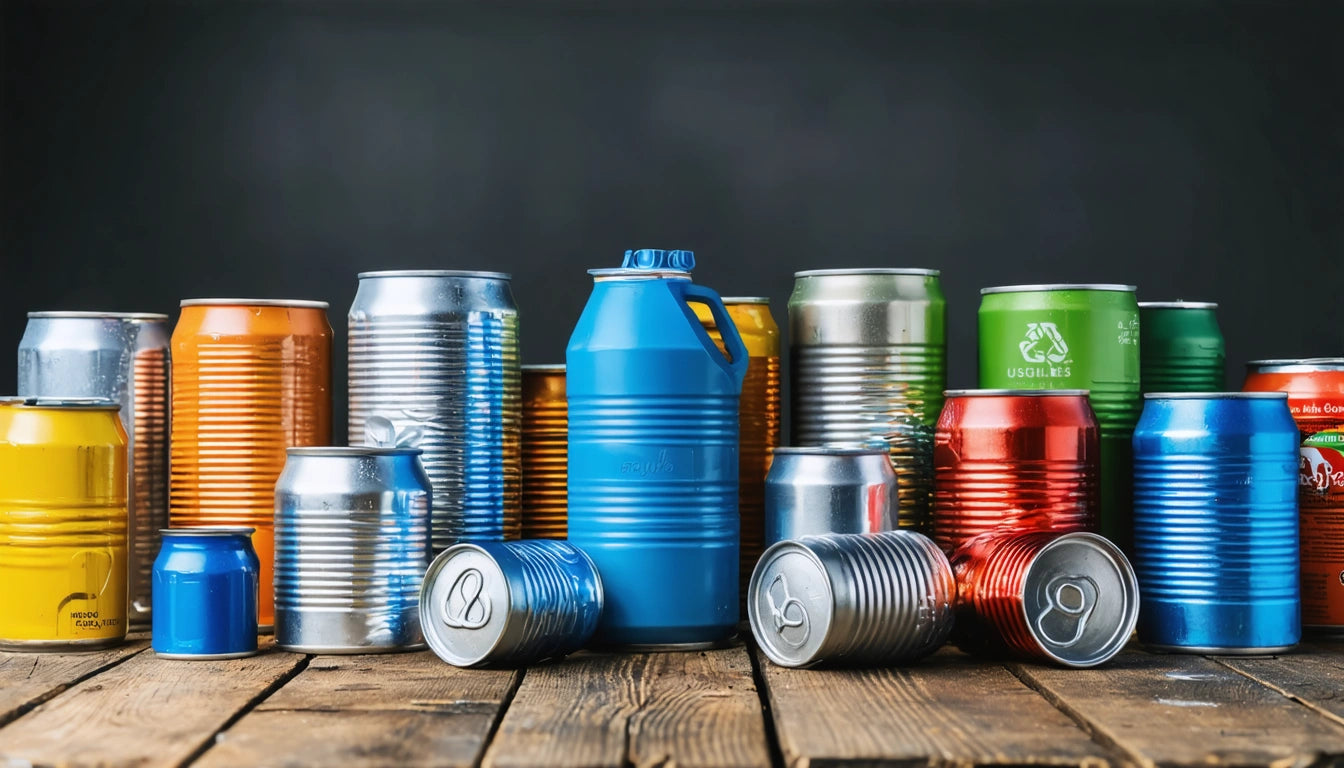Table of Contents
- Understanding Weed Trim: What It Is and Why It Matters
- Timing Your Trim: When to Trim Weed Plants
- Wet vs. Dry Trimming: Pros and Cons
- Trimming Techniques: How to Trim Weed Plants Step by Step
- Tools Needed for Proper Cannabis Trimming
- What to Do with Weed Trimmings: Reducing Waste
- Storage Solutions for Your Trimmed Cannabis
The Ultimate Guide to Trimming and Caring for Weed Plants
Proper trimming is an essential skill for cannabis cultivators that directly impacts the quality, potency, and appearance of the final product. Whether you're a first-time grower or looking to refine your technique, understanding how to trim weed plants effectively can make a significant difference in your harvest results.
Understanding Weed Trim: What It Is and Why It Matters
What is weed trim? Simply put, trim refers to the excess plant material, primarily leaves, that are removed from cannabis buds during the harvesting process. These sugar leaves and fan leaves contain lower concentrations of cannabinoids and terpenes compared to the flower itself, and leaving them intact can result in a harsher smoking experience.
Proper trimming serves several important purposes:
- Improves the appearance of buds
- Enhances the smoking experience by removing harsh plant material
- Reduces the risk of mold during curing
- Creates a more consistent product
Timing Your Trim: When to Trim Weed Plants
Knowing when to trim weed plants is crucial for maximizing your harvest quality. There are two main stages where trimming occurs:
During Growth (Defoliation)
Light defoliation during the vegetative and early flowering stages can improve light penetration and air circulation. This involves selectively removing some fan leaves to allow light to reach lower bud sites. This technique should be applied conservatively, as plants need their leaves for photosynthesis.
At Harvest Time
The main trimming process occurs after harvesting. According to this comprehensive guide to trimming cannabis plants, the ideal time is when 70-90% of the pistils have darkened and trichomes have turned from clear to milky or amber, depending on your desired effects.
Wet vs. Dry Trimming: Pros and Cons
There are two primary methods for how to trim weed after harvesting:
Wet Trimming
Wet trimming involves trimming immediately after harvest when the plant material is still fresh and pliable.
Pros:
- Easier to cut through fresh plant material
- Faster drying time
- Reduced risk of mold during drying
Cons:
- Trichomes are more fragile and can be damaged
- Faster drying can affect flavor development
- Trimming can be messier due to resin
Dry Trimming
Dry trimming involves hanging the whole plant or branches to dry first, then trimming once the material has dried.
Pros:
- Better preservation of terpenes and flavor
- Less sticky, making it easier to handle
- Slower drying process can improve quality
Cons:
- More difficult to trim dried material
- Increased risk of mold during drying
- Takes up more space during drying
Trimming Techniques: How to Trim Weed Plants Step by Step
Learning how to clip a weed plant properly takes practice, but following these steps will help you achieve professional results:
1. Prepare Your Workspace
Set up a clean, well-lit area with a comfortable chair. Use a trimming tray to catch valuable kief that falls during trimming.
2. Remove Large Fan Leaves
Start by removing the large fan leaves with stems. These contain minimal trichomes and can be discarded or composted.
3. Trim Sugar Leaves
Next, carefully trim the smaller sugar leaves that protrude from the buds. These contain more trichomes and should be saved for extractions or other uses.
4. Shape the Buds
Trim around the bud to create a uniform, appealing shape without cutting into the bud itself. The goal is to showcase the bud while removing excess leaf material.
5. Maintain Your Tools
Clean your scissors frequently with alcohol to prevent resin buildup, which can make trimming more difficult and potentially damage the buds.
For more detailed instructions on how to trim weed buds specifically, check out this comprehensive guide to trimming cannabis buds.
Tools Needed for Proper Cannabis Trimming
Having the right tools makes learning how to trim weed much easier:
- Trimming scissors - Sharp, spring-loaded scissors designed specifically for cannabis trimming reduce hand fatigue
- Pruning shears - For cutting branches during harvest
- Trimming tray - To collect valuable trichomes that fall during trimming
- Gloves - Nitrile or latex gloves protect your hands and prevent resin buildup
- Alcohol - For cleaning sticky tools
- Comfortable chair - Trimming can take hours, so comfort is important
For serious growers, investing in quality trimming tools can significantly improve efficiency and results.
What to Do with Weed Trimmings: Reducing Waste
Wondering what to do with trimmings from weed? These plant materials still contain valuable cannabinoids and terpenes that can be utilized:
- Cannabutter or oils - Extract the remaining compounds for edibles
- Hash production - Create hash using ice water extraction methods
- Tinctures - Alcohol-based extractions for sublingual use
- Topicals - Create balms and salves for topical application
- Compost - Return nutrients to your garden (ensure legal compliance)
After processing your harvest, proper storage becomes essential. Many cultivators use high-quality mylar storage bags to maintain freshness and potency of both finished buds and processed trimmings.
Storage Solutions for Your Trimmed Cannabis
After learning how to trim and dry weed, proper storage is crucial for maintaining quality:
- Glass jars - Mason jars with airtight seals are ideal for curing and short-term storage
- Humidity packs - Maintain optimal humidity levels (58-62%) to prevent mold and preserve terpenes
- Cool, dark location - Heat and light degrade cannabinoids and terpenes
- Vacuum sealing - For longer-term storage, consider vacuum sealing in appropriate containers
By mastering the art of trimming and properly storing your cannabis, you'll maximize the quality and longevity of your harvest. Whether you're growing for personal use or commercial purposes, these techniques will help you achieve professional results that enhance the overall cannabis experience.











Leave a comment
All comments are moderated before being published.
This site is protected by hCaptcha and the hCaptcha Privacy Policy and Terms of Service apply.